Today’s question: Can dogs eat plums? Are plums good or bad for dogs? Scroll down for detailed answers.
The plum is a fantastic alternative to the sugary snacks we all have a tendency to reach for when looking for that between meal snacks. The plum is a healthy fruit, rich in vitamin C and other nutrients, and valuable for a healthy human body. Plums are not only healthy for one’s body, but also good tasting with a smooth texture. The plum is also good when mashed and put into a cookie, pie, or muffin as filler. The plum is a versatile fruit enjoyed by most. The color of the plum is an inviting purple color. The deep purple adds a colored variety to your diet and may encourage others to eat it. Fruit that is purple may be seen as more treat-like rather than fruits which may be green and have an odd texture. Comparatively, the plum is often chosen as the go-to fruit in the bowl.
Depending on geography and climate, the plum can be sweet or tart, juicy or dry. The one thing that is consistent is that plums are always great to eat, no matter the location of the tree the plum was grown upon. Whether bought in the supermarket, local greengrocer or grown at home on a plum tree (more on this later), they can be found in fruit bowls in many kitchens across the land. Bakeries tend to favor the plum as an addition to their baked goods. At a relatively low cost and used as a colorful filler, the plum can add taste, texture, and inviting look to all who enjoy baked goods on a special day.
Another bonus of the plum is the inclusion of copper. Copper is not often thought of as being within a fruit or of being something to even ingest. Copper, also found within the fruit is important in the maintenance of a healthy skin and keeping their bones strong and potassium also helps with enzymes, muscle function, nervous system and a healthy internal fluid balance. (Vitamin C, so useful for humans is less beneficial here as dogs actually manufacture their own source of vitamin C).
Doctors and nutritionist agree people need to have more fruit in their diets and eat from a variety of color sources. The easiest method of attaining a healthy diet is often the advice of eating form a vast color palate. With so many fruits and veggies being either red or green, adding a splash of color from the purple plum can help one remember to include this fruit in one’s diet.
While a human diet should contain all colors, what about dogs? Can we share these colorful fruits with our favorite four legged friends who also look like they would need a little snack to keep them going until their meal? Can dogs eat plums?
Can dogs eat plums?
The answer is yes, but with caveats. The biggest issue is the seed (officially called the pit) in the middle. The pit contains cyanogenic glycosides, including amygdalin that leads to cyanide poisoning (not just the stuff in funny colored pills dropped in drinks by a classic Bond villain). Obviously, this is unsuitable for the dog to ingest, and is known to cause problems, especially with the intestines.
Eating a pit can cause choking in dogs and possibly death if the pit is not removed fast enough. The pit may also become lodged in the intestines or digestive tract, thereby blocking waste and causing buildup. A blocked intestine will cause pain, bloat, and possible death. Intestinal blockages can lead to agonizing pain for the dog, dehydration and vomiting. In the event your dog has eaten a pit, or eaten many pits, the best bet is to visit your local veterinarian to ensure the pit is removed safely. The vet should also be called to go over the types of symptoms your dog’s breed may show when suffering.
Although the amount of pit needed to cause tangible problems can vary, it is not something worth testing out. You do not want to introduce a pit slowly to see how your dog reacts or test their digestive prowess. As in some cases, just a single pit can cause severe distress for the dog! Be sure pits are removed in full from the plum before offering to your dog. Chopping the plum is another good safety measure to be had. Simply remove the pit and cut the plum into bite sized chunks before feeding. Another alternative is to blend the plum into a cream like substance and offer the spread on a bone or kibble to be enjoyed safely.
More danger with plum pits
As well as cyanide poisoning, pits can also cause blockages in the small intestine. This can result in the accumulation of gas, which in turn causes swelling, and ultimately can lead to the blood supply being cut off; a vicious circle if ever there was one.
If this blockage is near the end of the intestine, then usually the symptoms will show with diarrhea. If the blockage it is higher up, it can lead to vomiting, abdominal pain, loss of appetite and ultimately death.
For the best fruit, we all know that it is better to go to the source of the fruit than to a Wal-Mart. A farmer will have locally grown produce, with less pesticides and contamination on the skin of the fruit. The plum may also have traveled many less mils, thereby guaranteeing the fruit will last longer at home than if bought at a Wal-Mart of similar store.
Growing your own fruit is always a more satisfying and enjoyable way, but beware. Special attention must be paid if you do have a plum tree in the garden where the dog roams freely. Ripe plums falling to the ground can and will be eaten (pit and all) leading to the problems mentioned above. Dogs, not generally known for their personal restraint, can then gobble a great number of the fallen fruit quickly and the consequences are not pretty. If you must, gate your fruit tree to prevent your pup from eating fallen fruit or reaching low hanging fruit on branches. Dogs left to their own devices will happily clean the area under the tree regardless of whether the fruit is meant to be eaten.
What about without the pit?
Plums that have been ‘de-pitted’ can actually be a healthy snack for your furry friend. The main benefit is dietary fiber, which helps to regulate the bowel movements and can actually be great if your dog is suffering problems in this area such as diarrhea or constipation. Adding dietary fiber can also help regulate sugar levels, prolong appetite suppression, aid in digestion, and improve the immune system.
Like all things, moderation is the key in offering plums, as overindulgence on plums may also lead to diarrhea – a lesson learnt once will likely not be forgotten quickly!! Other benefits include Vitamin K, also present, which aids in production of blood clotting factors in the liver. There are so many benefits to the nutritional components of plums you may be tempted to include this fruit more often than necessary. Do not be fooled! Introduce plums slowly to discern how well the plum is tolerated by your dog, and then gradually raise the serving or the frequency as tolerated. Do not offer plums every day. If you must add the benefits of the plum more often, do so by using other types of foods or by using a dietary supplement.
As with all fruits, the best advice is to start slowly. Introduce just a very small amount into their diet initially and monitor the reaction. An allergy may become apparent through an upset stomach (usually evident through gas). It is always easier to introduce new foods to younger dogs and sometimes easier if it is mashed up and added to their dog food if they are reluctant to eat it on its own.
Wash well and don’t overdue it
Like any fruit, especially bought in markets or supermarkets, it is advisable to thoroughly wash the fruit. Contamination can easily occur through pesticides and other chemicals that bring with them a whole other set of problems. Just a wash with clean water will suffice; no special cleaning products are required. If you do not find water to enough to clean your plum, you may use special fruit cleaners, or make your own fruit cleaner with water, vinegar, and essential oils. Just be sure to rinse the cleaner well after soaking your fruit.
The best way to avoid contamination is to plant your own plum tree and make use of the spoils. The plum tree will offer a safe food for you to feel comfortable eating and serving your dog, provided you have removed the pit and cleaned the fruit as you would any other fruit.
Conclusion
Dogs are not in need of fruits and the foods humans choose, due to their evolutionary state of surviving on meat. However, this does not mean a dogs diet does not need to be expanded or your dog should be without variety of taste and texture. While in no way an essential part of a canine diet, in small quantities, and without the pit, plums are perfectly safe food to feed your dog. While taking the pit out and a quick wash of the fruit takes a few moments of your time, it is time well spent as plums provide valuable vitamins and nutrients.
These help to maintain a happy and healthy dog so can actually be beneficial to them in moderation as part of a balanced diet. If you don’t want to plumb the depths of your bank account on veterinary bills, make sure to remove the seed of your plum.
References:
http://www.aboutdoggies.net/can-dogs-eat-plums/
http://www.aspca.org/pet-care/animal-poison-control/toxic-and-non-toxic-plants/plum

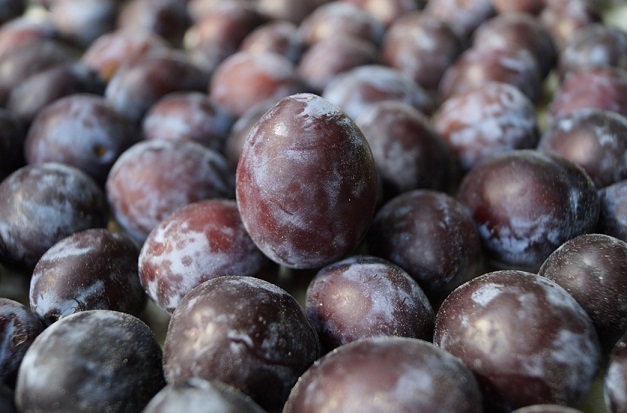

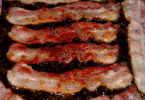
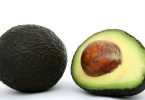
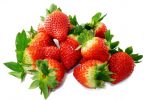
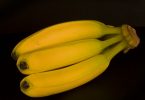
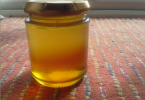
Leave a Comment